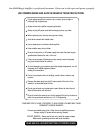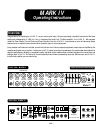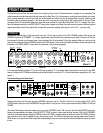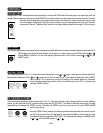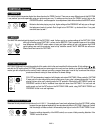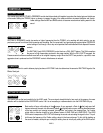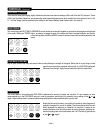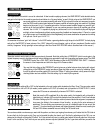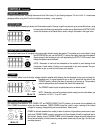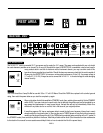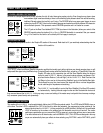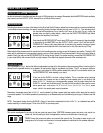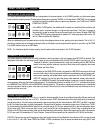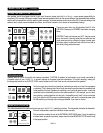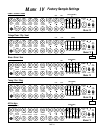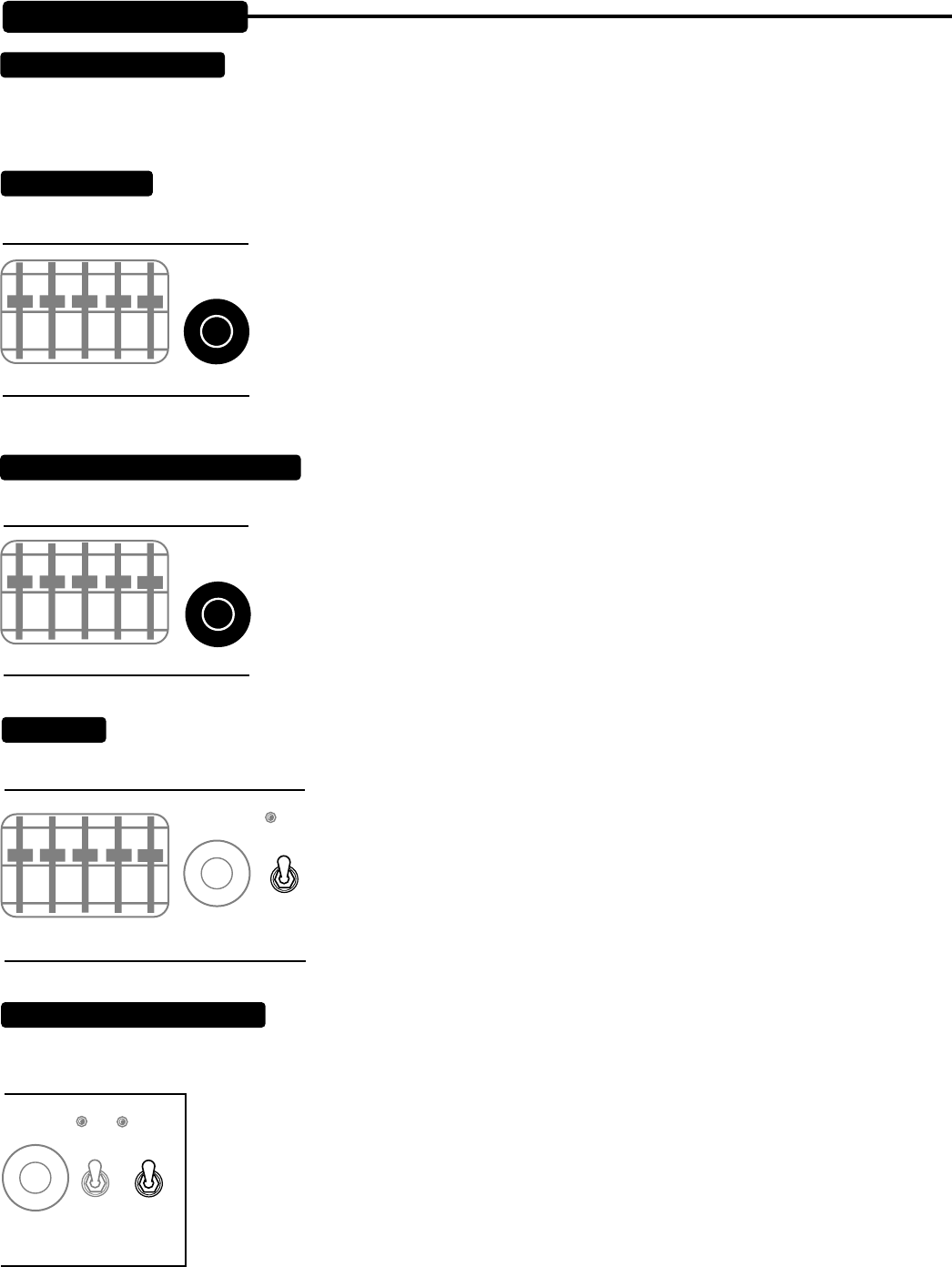
EQ back out of the circuit, the straight tone sounds to flat. Don’t worry! It’s just “hearing hangover”. All the MARK IV’s modes were
developed without using the EQ so that it could be an accessory - not a necessity.
This control adjusts the playing loudness of all three modes equally. Once you’ve got the sounds set up as you would like them, using
this one control will allow you to work louder or softer venues. Notice that the OUTPUT LEVEL
control also functions as an Effects Return control, owing to its location in the signal chain.
This push/pull switch turns off the signal at the output stage therefore muting the speaker. This enables you to record silently (using
the RECORDING out jack, not the SLAVE D.I.) without the need to disconnect the speaker.
Signal strength to the recording circuit is still regulated by the OUTPUT LEVEL control, even
though the speaker cannot be heard.
NOTE: Remember...a load must be maintained on the amplifier to avoid damage to the
transformer. A soak resistor (8 ohms) can be purchased for just such purposes. See your
local dealer or give us a call and we’ll assist you if need be.
The STANDBY switch turns off the high voltages inside the amplifier while allowing the tube filaments to stay warm and ready for
immediate use. It’s a good practice to turn on the A.C. power with this switch in the
STANDBY position, allowing the tubes 30 seconds or so to warm up. This procedure
prevents tube problems and increases their toneful life substantially.
The STANDBY switch is also the perfect feature for set breaks as well.
NOTE: Remember...remove the protective plastic coating from the tubes before you
connect the MARK IV to an A.C. outlet.
This switch has three positions: FULL POWER, OFF and TWEED POWER. The OFF position is in the center and is unlabeled. Use
FULL POWER for maximum volume and clean headroom. TWEED POWER works like a built-in variac, reducing all the internal
voltages for a spongy, vintage feeling and an extraordinary “brown sound”.
POWER is reduced somewhat too, making it easier to achieve a big overdriven power sound, espe-
cially when TWEED POWER is used in conjunction with Class A power (this will be explained later in
this manual). Another virtue of TWEED POWER is that the lowered voltages will greatly extend tube
life and overall reliability, while still producing enough power to work many of your gigs...and all of your
recording sessions!
CONTROLS:
(Continued)
GRAPHIC EQ: (Continued)
OUTPUT LEVEL:
SILENT RECORDING: (Pull Switch)
STANDBY:
OUTPUT LEVEL
80 240 750 2200 6600
2
3
4
5
6
7
8
9
1
0
10
SILENT
RECORDING
(PULL)
EQ
STANDB
Y
MARK IV
ON
PAGE 8
80 240
OUTPUT LEVE
L
750 2200 6600
2
4
5
6
7
8
9
1
0
10
SILENT
RECORDING
(PULL)
3
80 240 750 2200
OUTPUT LEVEL
6600
SILENT
RECORDING
(PULL)
2
3
4
5
6
7
8
9
1
0
10
POWER: (Full & Tweed Power)
OUTPUT LEVEL
SILENT
RECORDING
(PULL)
EQ
STANDBY
M
ARK
IV
ON
LOOP
TWEED
POWER
FULL
POWER
2
3
4
5
6
7
8
9
1
0
10



